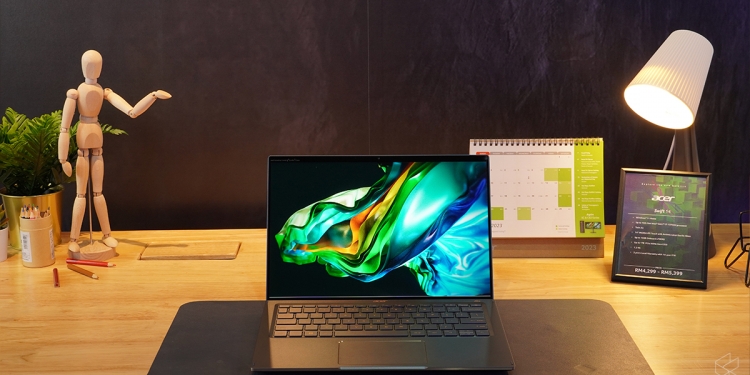At the start of the year, Acer surprised many when they announced a revamp to their laptop naming scheme by retiring the old 3/5/7 nomenclature for their mainstream flagship Swift lineup of thin and light laptops. Instead, the Taiwanese company opted to split the Swift lineup into several different subcategories, such as the new Swift Go, Swift Edge, Swift X and the mainstream Swift brand itself.
During Computex 2023 however, we had a chance to ask Acer themselves as to why they made the switch away from the iconic and easy-to-remember Swift 3/5/7 naming scheme to their current one. And according to Acer, they made the decision due to their old naming scheme somehow being both simple and confusing at the same time.

According to James K Lin, Acer General Manager of Notebook Products Business, the old naming scheme made it easy to show their customers where each laptop model stood in the product stack, but ends up being confusing to the consumer when different configurations of the laptops end up overlapping each other in price. For instance, the top end Swift 3 with stronger hardware could end up costing more than the base model Swift 5, but for consumers who aren’t tech literate it may be unclear to them why.
Lin added that with their newer naming structure, it made it much easier for consumers to seek out the specific laptop best suited to their needs. The Swift Go 14 for example is like the Swift 3 of old, positioned as a bang-for-buck thin and light suitable for students, while the regular Swift 14, just like the Swift 5 is a more premium ultraportable. The Swift Edge 16 meanwhile offers a large display in a light and portable chassis, and those of you needing a powerful creator laptop with discrete graphics cards can look at the Swift X lineup of laptops.
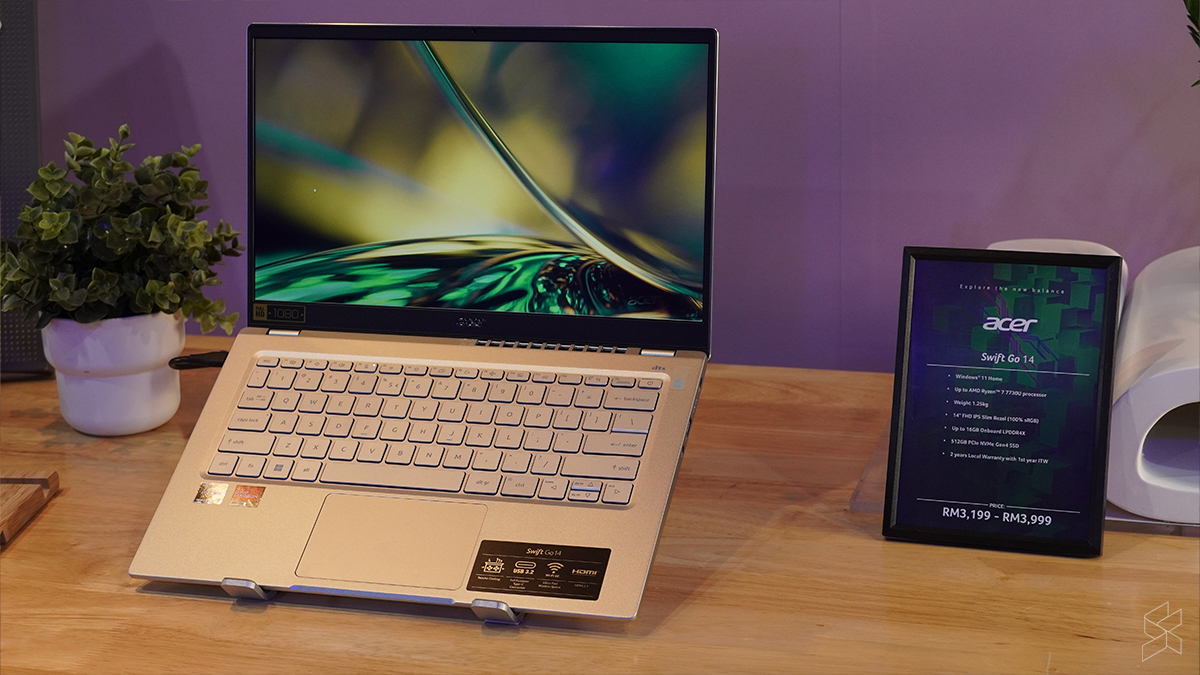
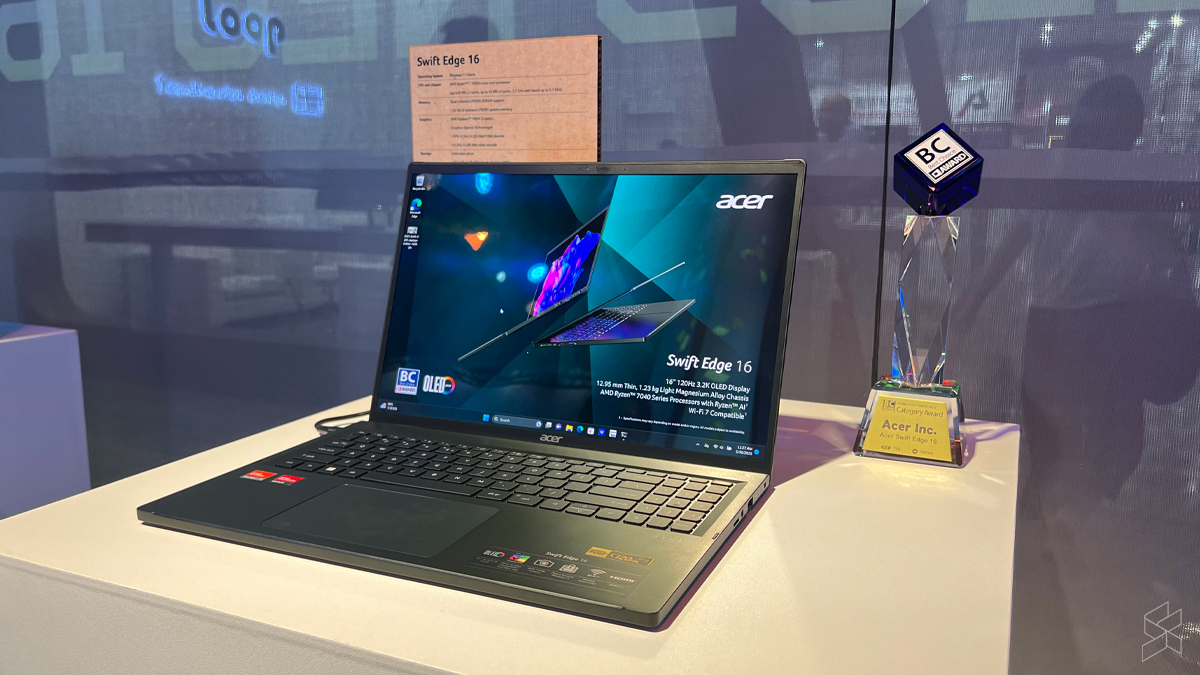
Jerry Kao, Acer Chief Operating Officer and President of IT Products Business also added more about the difficulties with coming up with a suitable naming scheme for their products. He said that with a naming scheme that’s too long, it would also confuse their customers. They do seem to be quite happy with their current one though for the Swift family of laptops, and mentioned that they may even consider it for their other product lines in the future.
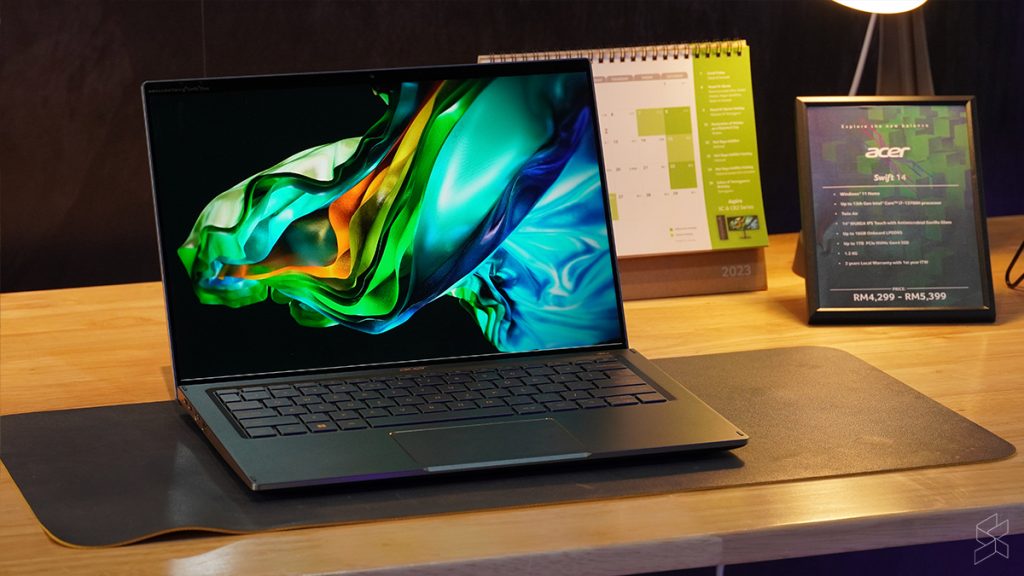
Other than that, during the same interview session, Acer also touched on the topic of handheld gaming. Asus, a close competitor of theirs, had just only launched the ROG Ally, their own take on a Windows handheld gaming console. When asked if Acer had any plans to join the handheld gaming scene, Lin and Kao noted that at the moment they’re waiting for the right time to dip their toes into the segment. They want to be able to make a product that fits what their user base wants, and don’t want to have to pick between an expensive product that most can’t afford, or a cheaper one that isn’t powerful enough to play games.
They also spoke a bit on their sustainability efforts with regards to the Acer Vero lineup. Kao was quick to point out that it takes more than just using post consumer recycled material for a product to sit under their Vero brand. Instead, Acer takes into account whether or not its also easy to repair, adding any eco-friendly software when possible such as eco modes, as well as being a green product in general. Other products such as their Predator gaming laptops for instance may use PCR materials, but aren’t part of their Vero lineup without the other key factors.
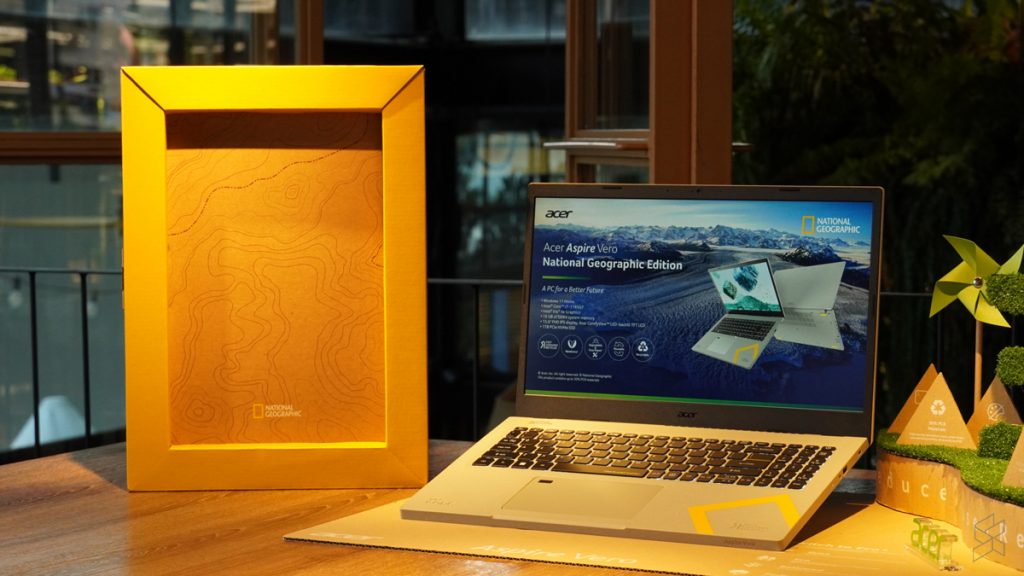
Lastly, Acer also admitted that using recycled material can be more expensive, but due to the company wanting to do the right thing they have been trying to find an optimal point between using eco-friendly materials and designs while also earning a profit. Kao noted that the Vero family of products don’t have any higher profit margins than their regular products, and while going green might be the right thing to do they have to ensure that the end user won’t be more burdened by it too.

